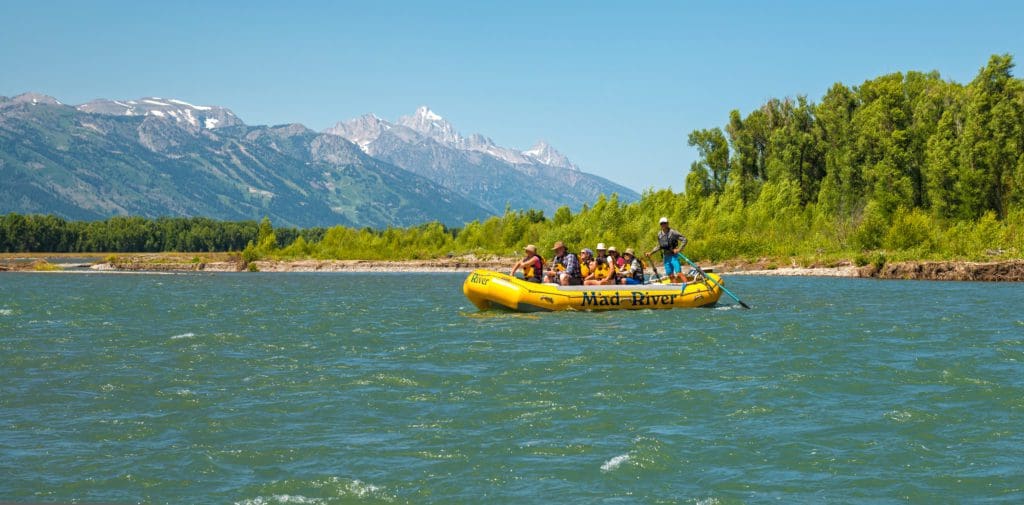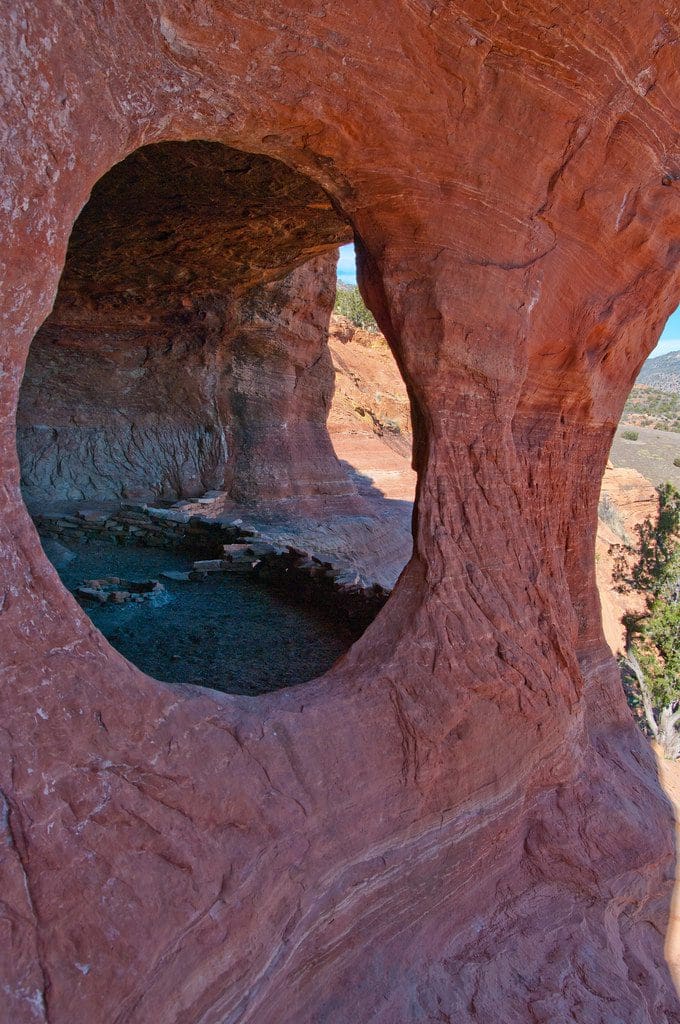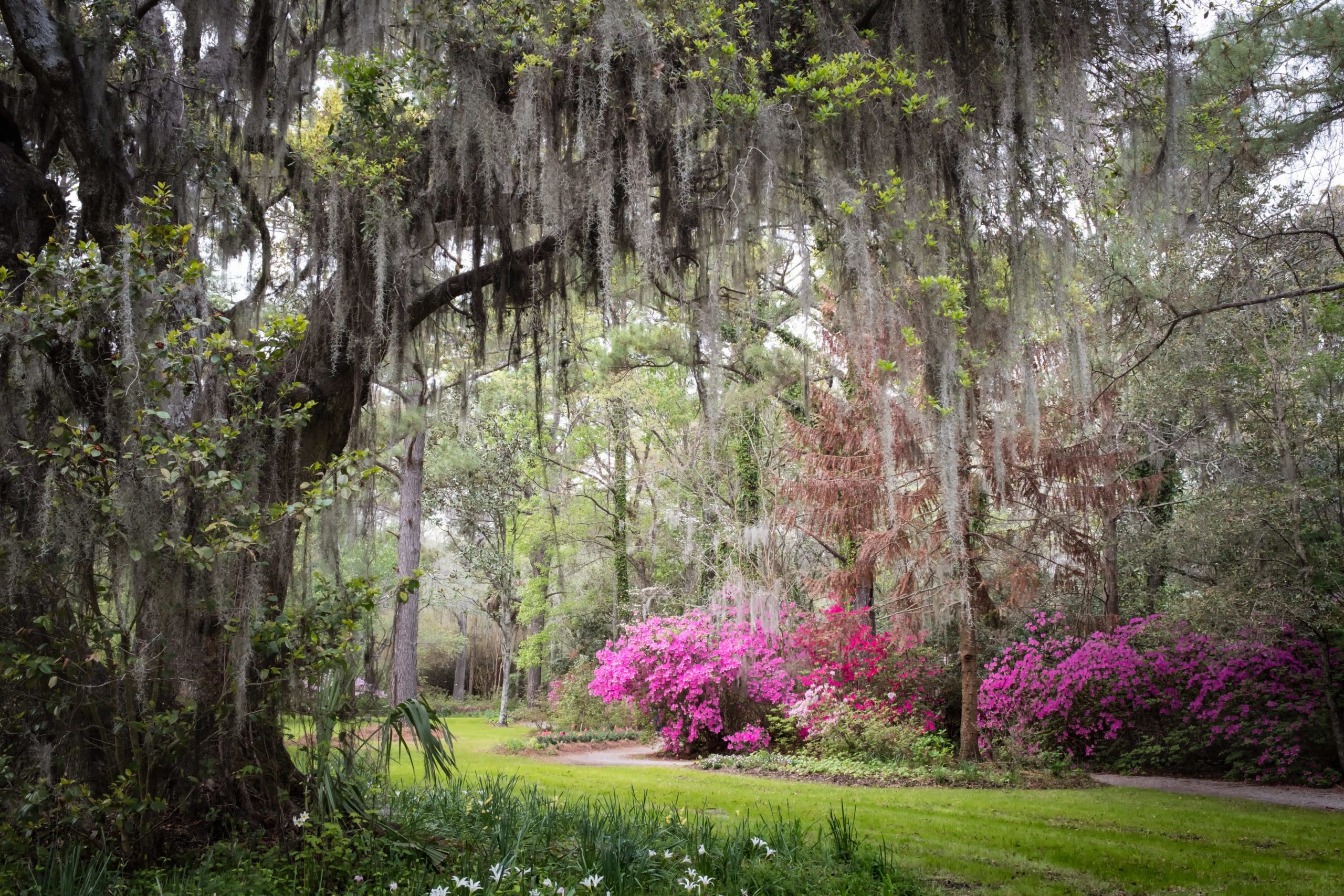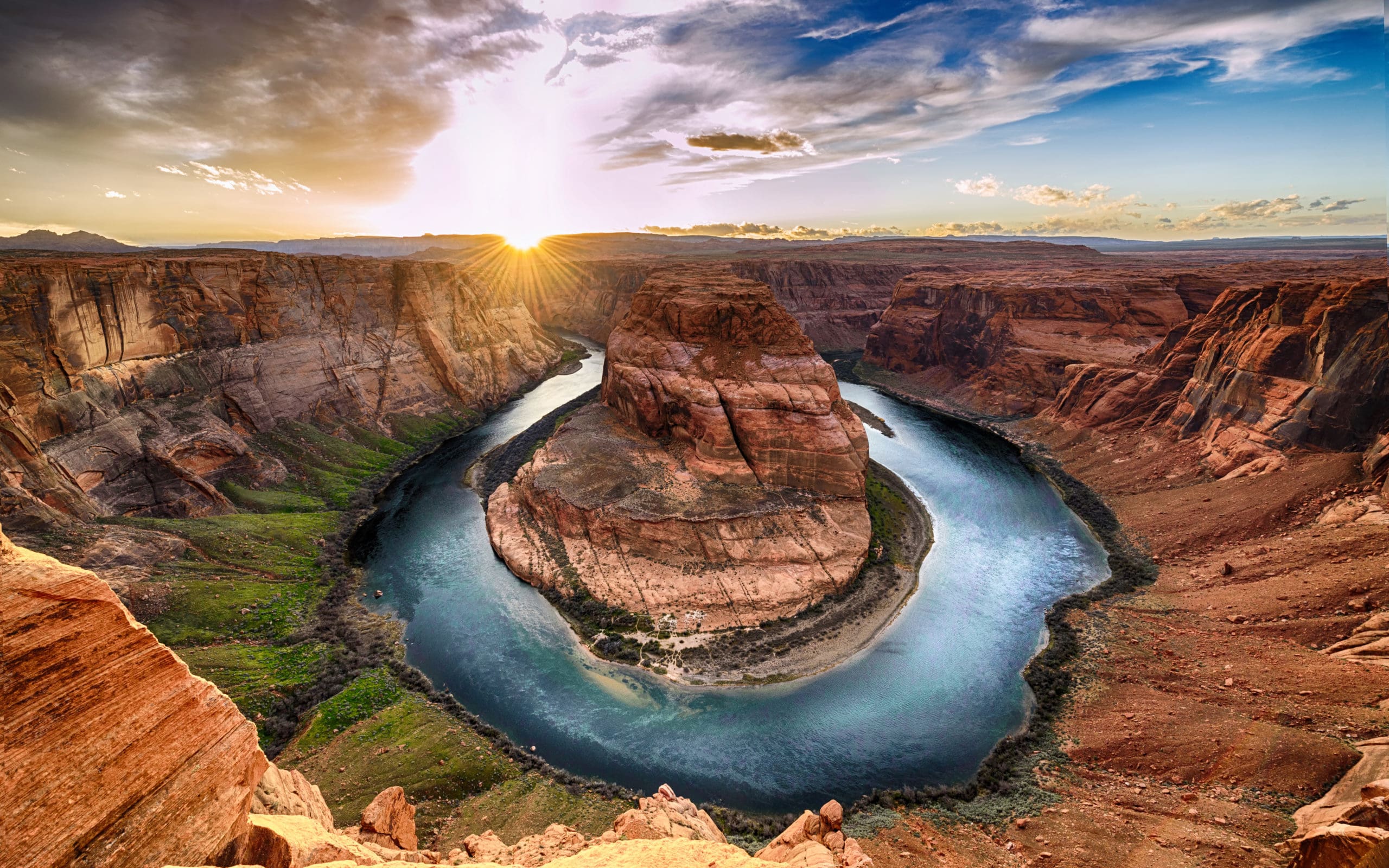Menu
The Snake River is a major river in the northwestern United States. It originates in the Yellowstone region of Wyoming and flows through Idaho and Oregon, eventually emptying into the Columbia River in Washington state. The Snake River is approximately 1,078 miles (1,735 kilometers) long and is an important waterway for both irrigation and transportation.
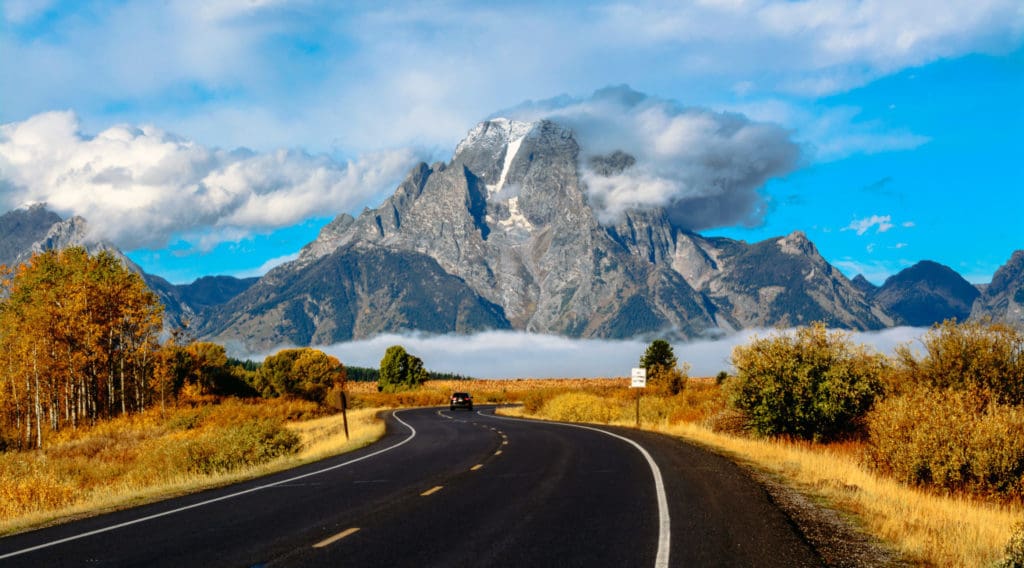
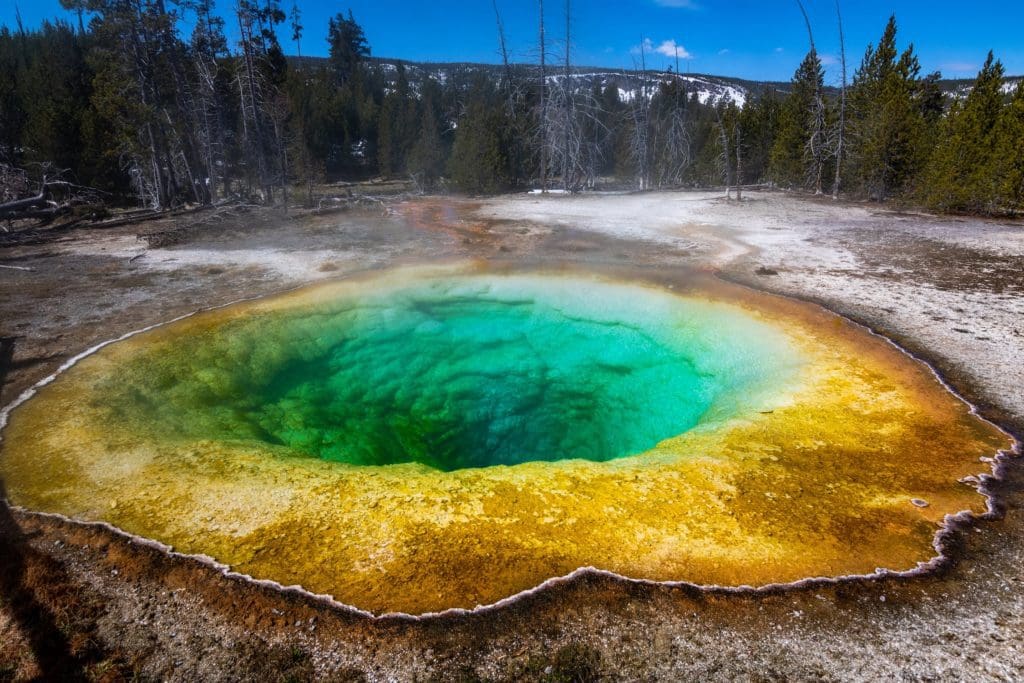
The Snake River is known for its scenic beauty and is a popular spot for recreational activities such as boating, fishing, and rafting. It is home to a variety of plant and animal life, including several species of fish, birds, and other wildlife. The Snake River is also an important cultural and historical resource, with a long history of human habitation in the region.
There are several national parks and other protected areas along the Snake River, including Yellowstone National Park, Grand Teton National Park, and Hells Canyon National Recreation Area. These areas are known for their stunning natural beauty and offer a variety of activities and attractions for visitors, including hiking, camping, and wildlife viewing.
The Snake River can be a great place for people of all ages to visit, with a variety of activities and attractions that are suitable for people of different ages and interests. However, it’s important to keep in mind that the Snake River is a natural environment and can present certain challenges and hazards, especially for younger children or inexperienced visitors.
For example, some areas of the Snake River may have strong currents, deep water, or other hazards that could be dangerous for inexperienced swimmers or boaters. It is important to be aware of these hazards and to take appropriate precautions to ensure the safety of all visitors. Children should always be supervised, and it is important to follow any safety guidelines and recommendations provided by park rangers or other officials.
Overall, the Snake River can be a great place for families to visit, as long as you are prepared and take the necessary precautions.
